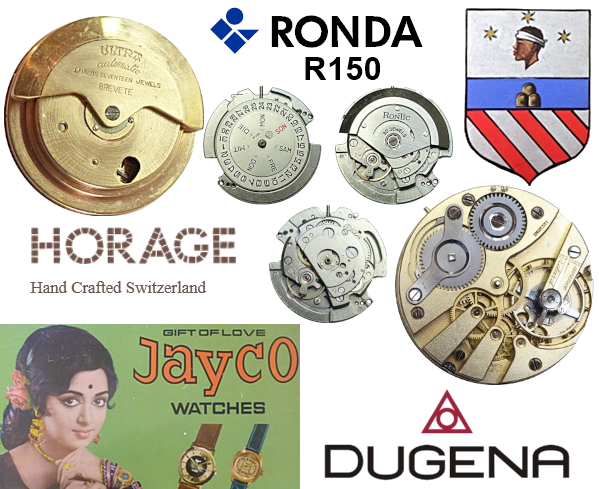Around mid-2022, the first watches with the Japanese Miyota 9075 with a true GMT function appeared on the market. Such a movement had been expected for some time, but Miyota had not made a press fuss about it in advance.

Uhrwerke – Eine Leidenschaft
Around mid-2022, the first watches with the Japanese Miyota 9075 with a true GMT function appeared on the market. Such a movement had been expected for some time, but Miyota had not made a press fuss about it in advance.

After 100 articles in a good seven years, it is time today to review the many different articles on the subject of movements. Below I present you the TOP 10, which consists of a mixture of my personal favorites and the most frequently accessed articles by my readers.

Sorry, this post is only available in German.
Making phone calls at three-minute intervals. Those born before the year 2000 may still remember: in the past, the length of time for a unit charge in the local or regional area of many countries was three minutes.

Glashütte was famous for its watch industry more than a hundred years ago, producing pocket watches of the highest quality. Ferdinand A. Lange was certainly the most renowned Glashütte manufacturer, but watches by Großmann or Assmann were also sought-after and expensive.

Gustav Becker from Freiburg in Silesia, Germany, was a well-known manufacturer of clocks (grandfather clocks, wall clocks, alarm clocks, etc.), but also made a few pocket watches with their own movement. This one is the subject of this article.

Continue reading “Gustav Becker – Pocket Watches from Silesia, Germany”